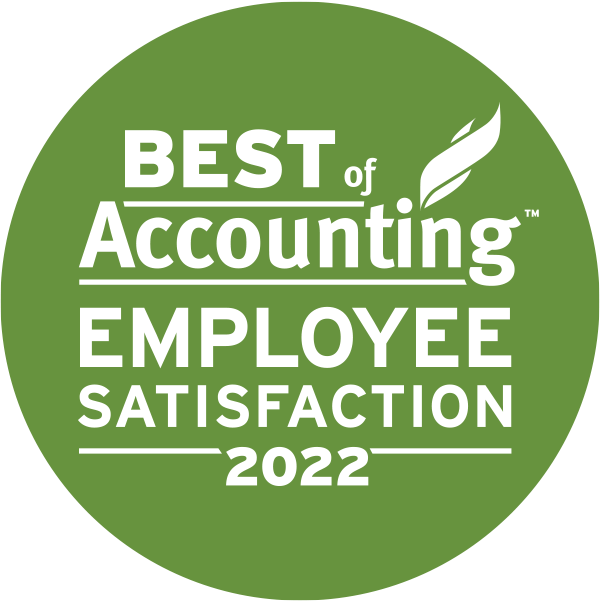April was a hectic month with the tax filing deadline. You finally met it. Your income tax returns have been processed and submitted without delay. Congratulations! You just saved yourself from a late filing penalty of 5% on the balance tax owed. The Canada Revenue Agency (CRA) requires every Canadian to file taxes, whether earning or not. Even if you do not earn, you should file taxes to avail yourself of various benefits like refund of Goods and Service Tax and withholding tax. Once you file your tax returns, the CRA’s work begins. As a taxpayer, you should know how the CRA processes your returns and what you are entitled to receive or obligated to provide.
What Happens After You File Your Taxes?
Once you file your tax returns, the CRA asses it for any discrepancy, missing income, or tax deduction. The CRA has several ways of populating your data. Since Canada’s tax system is a self-assessment of your income and how much tax you owe, the CRA assesses your returns, matches them with its data and issues a Notice of Assessment (NOA) within two weeks for online filing and 8 weeks for paper filing.
The NOA will reveal if you owe any tax or are eligible for a tax refund. Keep an eye out for NOA because if you owe the tax, you better pay it on April 30, or the CRA will charge interest on the balance owed. Hence, it is better to file your returns early or pay higher advance tax to avoid interest on late payments, which the CRA has set at 10% for the second quarter of 2024.
Tax Refund
If the NOA states that you are eligible for a tax refund because you paid more tax (direct and indirect) than was required, you can receive a tax refund within:
- 8 business days in online filing
- 8 weeks in paper-filing
- Up to 16 weeks if you live outside Canada and file as a non-resident.
- The refund could be delayed if the CRA selects your tax return for a review or audit.
If you don’t receive your refund within the stipulated time, check your bank details registered with the CRA and update them.
Tax Owed
If the NOA states that you owe tax to the CRA, you better pay the balance by April 30 to avoid interest charges on late payment of taxes. If the tax owed is very high and you can’t pay the entire tax promptly, you can inform the CRA and pay the tax in installments. While this may not protect you from interest on late tax payments, it will help you postpone the payment.
It is better to pay advance tax throughout the year in four equal installments before the 15th of March, June, September, and December to avoid last-minute tax bills. If you are an employee, you need not be worried about advanced tax since your company deducts and pays it on your behalf to the CRA.
Proof of Income Statement
Once you have filed and paid your income tax returns, you can download a proof of income statement from the “Tax returns” tab. The statement summarizes your income and deduction. You might need it to submit to banks or the government when applying for a loan or government subsidy.
If you download an online copy, you don’t need the section 241 stamp, but if you request a physical copy, it could take up to 10 days to receive by mail.
Make Changes to Filed Income Tax Returns
The above things happen after you file your returns. However, there could be instances like you receiving an investment slip after you filed returns or you accidentally mentioned the wrong amount. Missing income reporting, maybe from an investment or a side hustle, could attract a fine for not disclosing an income. If you realize you missed an income or made some error in tax calculation, you might want to change your returns.
However, don’t rush to make the amendment. Wait for the CRA to issue you the NOA. The CRA gets your information from multiple sources as the other party of the transaction also files returns. If there is any missing information, the CRA might automatically adjust your returns and calculate your tax in the NOA. You can then pay any pending taxes.
If the CRA did not correct the information in the NOA, you can immediately file an adjustment online or by mail.
You can log in to My CRA Account. Under the Quick Links segment, you will find the options of Change My Return and T1 General (the form for making changes to filed returns). You can select the category and line you want to change, make the amendment, and submit it. You will receive a confirmation number once the CRA receives your request. Your request may be processed in 2 weeks. If you submit the T1 adjustment form via email, it could take about 8 weeks to process.
Note: Make all the adjustments in one go and submit the form only after cross-checking it. Avoid submitting too many change requests to reduce administrative burden and avoid undue attention of the CRA.
Review of Your Tax Return
Once you file your returns, you may get an inquiry from the CRA to verify some information. The CRA reviews your returns to see if you have filed them correctly. The CRA sometimes does a random check and may ask for supporting documents. If you claim a mortgage tax deduction, keeping the receipts and mortgage documents handy is better, as bank statements alone won’t suffice.
The CRA tells taxpayers to keep the supporting documents from the tax filing date for six years. If you deducted in the 2021 tax return, you should keep the documents safe until 2027. During this period, you can get a call from CRA for a query or audit.
Tax returns might look easy, but many people prefer to hire a professional to file their taxes to avoid mistakes and reduce the chances of an audit.
Contact McCay Duff LLP in Ottawa for Tax Filing and Planning
A skilled accountant can help you file a complete and compliant tax return and assist you in case of an inquiry or audit request from the CRA. To learn more about how McCay Duff LLP can provide you with tax filing expertise, contact us online, or by telephone at 613-236-2367 or toll-free at 1-800-267-6551.





